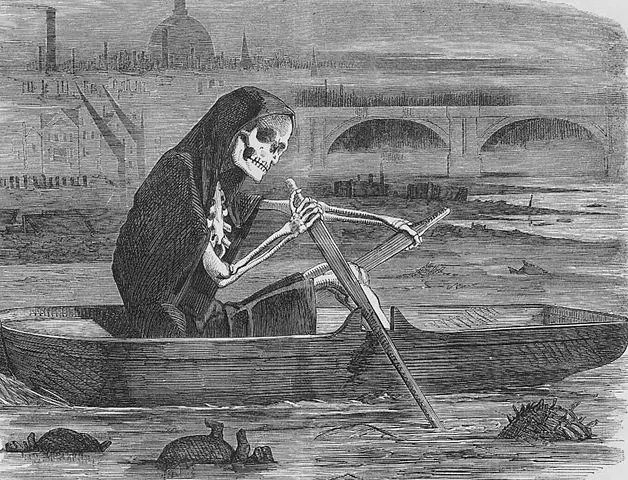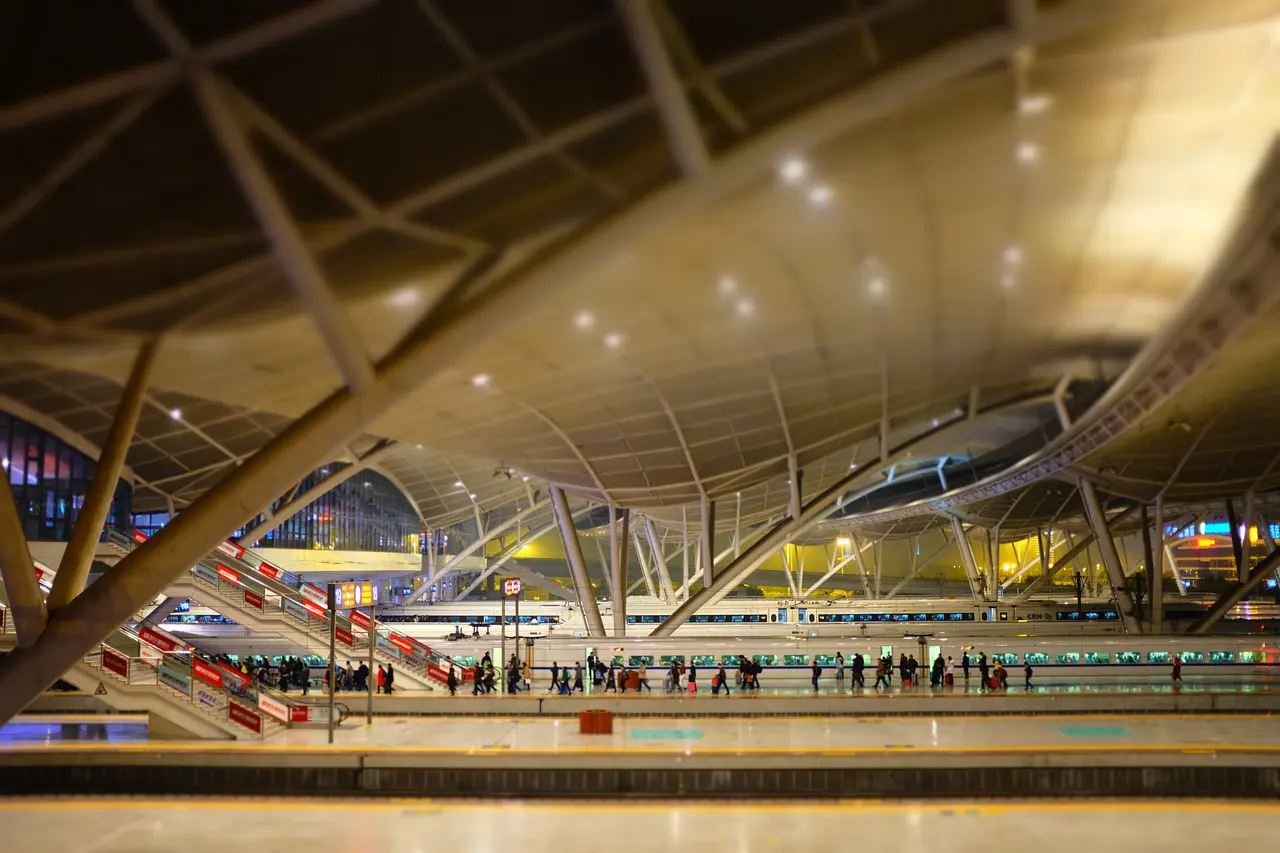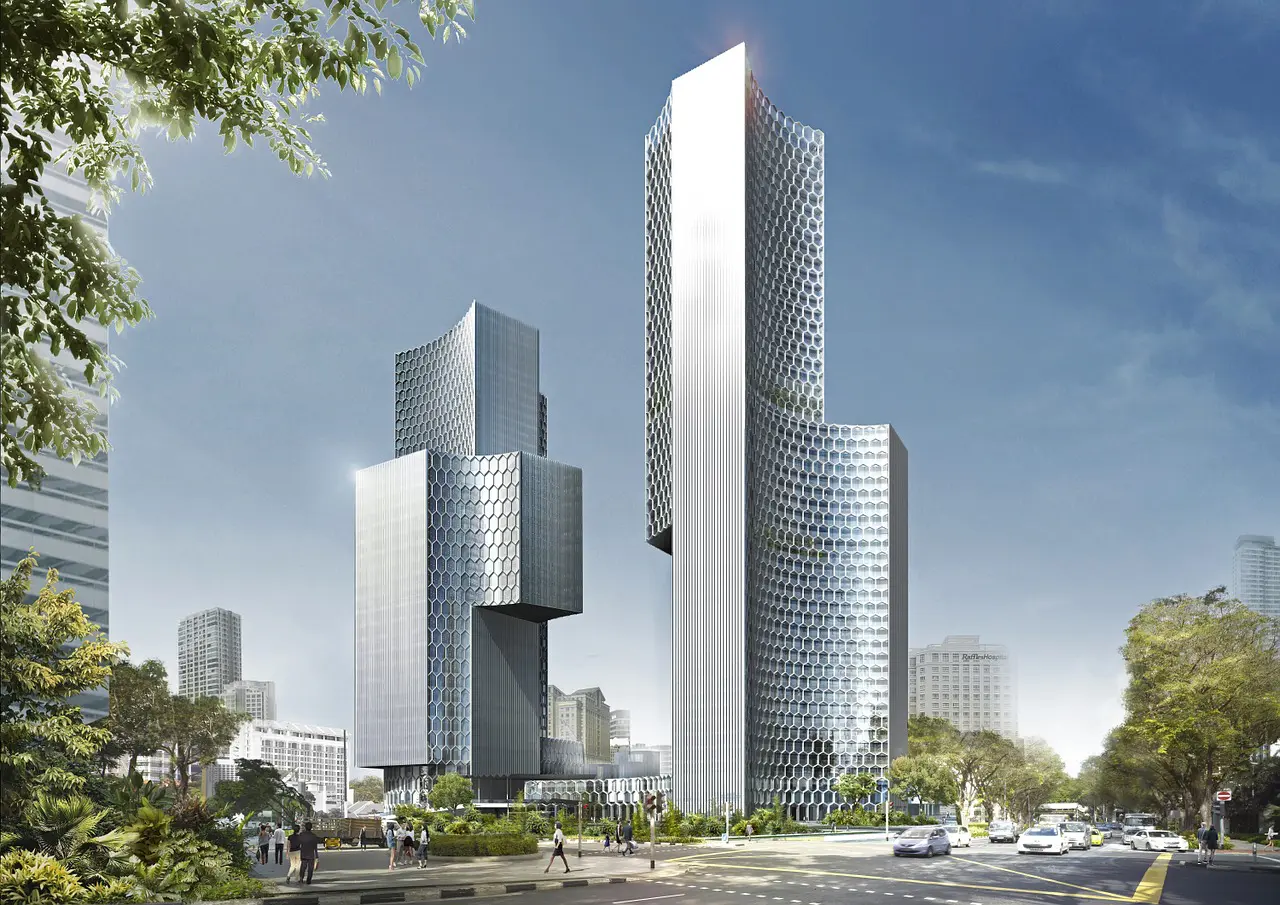TRANSFORMATION | 12.08.2020
Our cities: architecture and urbanism post-coronavirus
Not a single area of our lives has been left undisturbed by the SARS-COV-2 pandemic. Some of the changes have been temporary and could be gone for good, alternatively they might reappear cyclically in the future — only time will tell. Other changes have come to stay, such as some of the changes that have been made in public spaces in our towns and cities.
When it comes to architecture and urbanism, changes can almost never be made overnight. Now is a good time to pause for thought and consider all that has happened — and what will happen now.
A little bit of history
Unfortunately, epidemics are nothing new. Nor are the changes that they can force upon the urban fabric. The urban planning visible in modern-day Barcelona originated in the 19th century, created by engineer and urban planner Ildefonso Cerdá Suñer in response to the epidemics and overcrowding that were commonplace in the great cities of his time. The emblematic design of Barcelona’s Eixample—the grid of parallel streets intersected diagonally by large avenues—was put down on paper 160 years ago in the Cerdá Plan, created in 1859, although its ideas would only be partially respected.

The Silent Highwayman. Original: Cartoon from Punch Magazine; July 10, 1858. Source: Wikimedia
A year earlier, the people of London had suffered when a hot summer caused the usual bad smell of the River Thames to be severely exacerbated. Various drainage and sewerage works saved the English capital from successive cholera epidemics, which—as doctor John Snow had shown—was transmitted by water contaminated with feces. Paradoxically, he was not given credit at the time. The works were originally carried out to stop an airborne illness, but fortunately they served to successfully combat the presence of bacteria in the water.
A multiplicity of works of this type were carried out and, in fact, public health was a deciding factor in architectural guidelines for many years. In her book entitled X-Ray Architecture, architect Beatriz Colomina discusses the relationship between illness and architecture. She explains how the fight against tuberculosis influenced the construction of hospitals, but also modern architecture in general.
What has happened in recent months?
Paisaje Transversal examines some of the problems that our cities pose when it comes to dealing with a situation such as mass lockdown. The blog mentions areas with high population density, a problem that is exacerbated by social inequality. It argues that there is an urgent need to create healthier public spaces that integrate nature and to rethink our mobility.
However, especially interesting is the concept introduced at the end the article: tactical urbanism, which is used to describe temporary changes in the use of public spaces. In recent weeks, we have seen practical examples of this idea, such as the pedestrianization of sections of roads in Madrid (La Castellana, Arturo Soria and Calle Mayor) so that people can go out for a walk at the weekend.
These changes have been accompanied by the closure of public spaces. Most noteworthy has been the closure of children’s play areas, which are now open again. Other examples include walking areas, where movement has been restricted to a one-way system, meaning that people have to stick to a circuit when exercising to avoid passing other people. Meanwhile, as if by magic, screens and walkways marked out on floors have appeared inside buildings, with crosses and squares marking where we are allowed to stand.
Thanks to China’s incredible resource capacity, and the fact that it is the epicenter of the epidemic, the place where changes have taken place the most quickly has been in Wuhan. From the logical closure of the market where the outbreak is thought to have started, to the meteoric construction of several hospitals, to the appearance of different types of barricades in the streets, intended to isolate areas and help ensure social distancing. Elsewhere, driven by fear, it has been the residents themselves who have built barriers to prevent outsiders from entering their community.

Credit: Chang Liu. Wuhan Railway Station. Free image. Source: Pixabay.
Over the course of the epidemic, the interiors of our homes have proven even more important than the structure of our cities. All of a sudden we have found ourselves spending a lot more time in what is by far our last refuge. In addition to a place for relaxing and unwinding as a family, our homes have also become places of work and learning. The way in which many families view their home has changed: the idea of a balcony enclosure—a fantastic idea just days earlier—came to be considered a mistake during lockdown; meanwhile, other families found themselves wishing that the layout of their rooms was completely different.
Many architects argue that better use could be made of the common areas of buildings, which we share with our neighbors. They argue that more accessible courtyards, green roofs, and even the creation of common study and work areas, could have acted as a stepping stone between sheltering at home and returning to the outside world.
The future of our cities
The question is: are we talking about temporary changes or could we be seeing profound changes like those of the nineteenth century? Like in most other aspects of life, it is likely a bit of both. Many of the changes to urban planning will be quickly reversed, but others are here to stay, such as some of the new pedestrian areas.

Credit: David Mark. Free image. Source: Pixabay
One of the most interesting debates that we will see in coming years is the compatibility between a sustainable city and a healthy city. In some debate forums, the point has been raised that the much-coveted use of public transport can sometimes lead to overcrowding. Possible solutions have also been proposed. These include the concept of the 15-minute city, unveiled in Paris. This concept aims to encourage cycling and make it possible to walk to places of work and shopping areas.
Experts warn that now that we are returning to normal, private vehicles may be used more than ever due to fear of overcrowding on public transport. There seems to be general consensus that the bicycle could be the best mobility solution in cities, for which it will be necessary to equip our cities with a dense network of cycle lanes.
We cannot forget our elders—the group hardest hit during the pandemic—who have begun to seek out housing options that offer services to them. Following the drama sparked by COVID-19, many are keen to avoid spending their final years in a home and are sure to increasingly seek out alternatives that will enable them to access the services they need but in cleaner and safer environments. MAPFRE has analyzed these matters from different perspectives as part of the Agingnomics cycle of meetings, where the opportunities presented by the economics of aging are examined.
Urban architect Carlos F. Lahoz also discusses other—perhaps less noteworthy—aspects, such as bringing back the use of materials such as copper and bronze, on which viruses and bacteria are thought to survive for less time. And don’t forget about interiors: roof terraces have become a precious asset and, moving forward, homes will need to have comfortable areas for work or study.
There are other needs that are not new and never have been. These include the need for more green and recreational areas, wider sidewalks and, ultimately, more spaces for people and fewer spaces for motor vehicles. Fernando Espinosa de los Monteros, architect and president of the Spanish Association for the Protection of the Architectural Heritage of the Twentieth Century, talks about the need to create debate about what he calls Healthy Architecture. The aim is to create wider, nicer and cleaner spaces, both in public spaces and in offices and houses, in the private sphere and in common areas of buildings.
The challenges are exciting: safer cities that don’t overlook the need to live sustainably. Ultimately, they must be healthy environments for us and our families while also taking future generations into consideration. All while focusing—in the short- and medium-term—on being able to ensure a better quality of life in the event of another lockdown.

